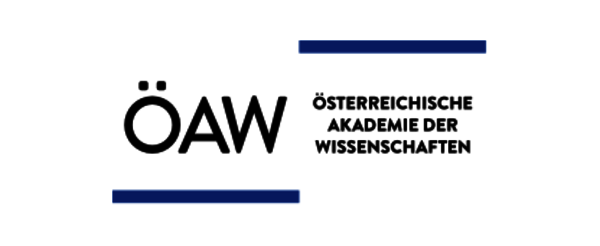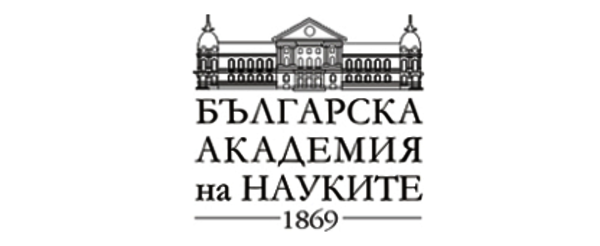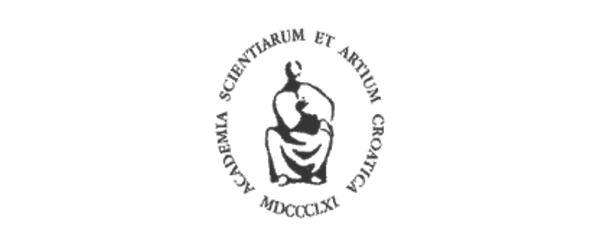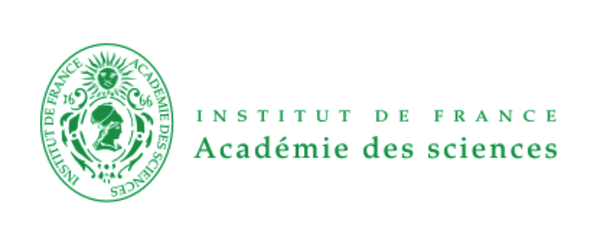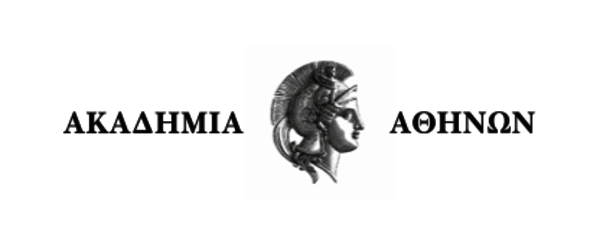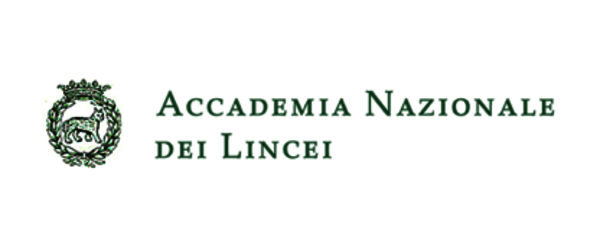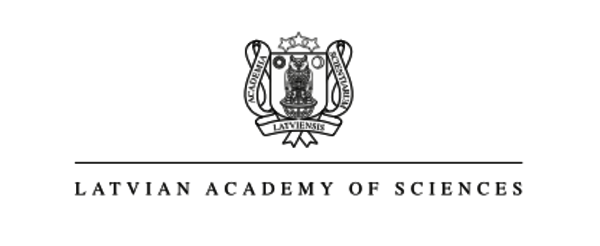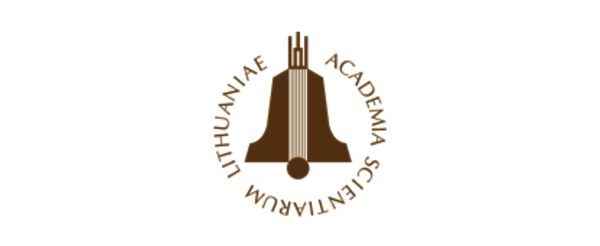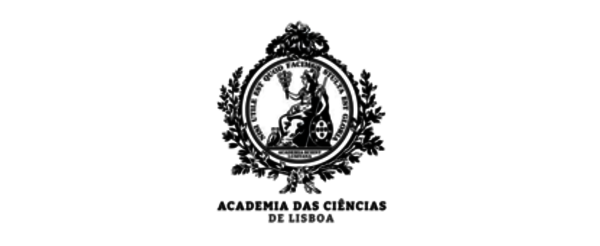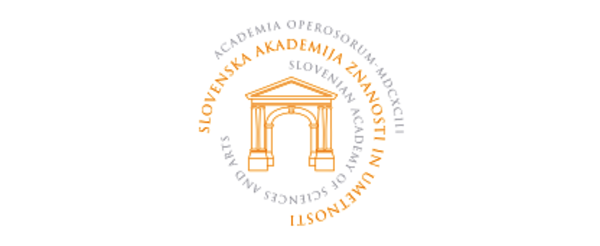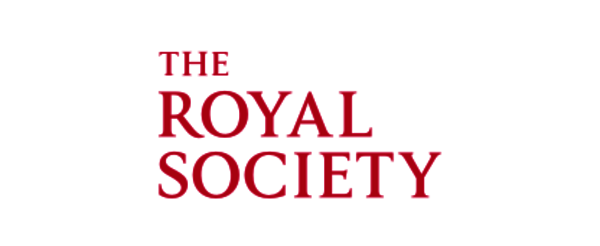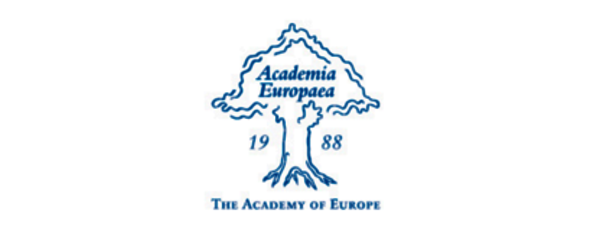Publications
Zoonoses
Most new human pathogens reported in the past 25 years, such as influenza and SARS, have zoonotic origins. The risk of zoonotic infection, that is any infection transmissible between vertebrate animals and humans, is predicted to continue to increase. The European Academies Science Advisory Council (EASAC) today publishes a policy report giving evidence-based recommendations on how to combat the threat of zoonotic infections for man and animals.
The recommendations cover key issues for public health, research and innovation policy. They require action at the level both of the European Institutions and Member States:
Epidemiology, surveillance and the monitoring of risk. The authors recognise that much has already been achieved by the European Commission in creating expert surveillance networks but continuing needs, like improving standardisation of data collection and procedures for data mining are emphasised.
International co-operation. The authors urge the European Commission and Parliament to provide support for international initiatives such as the Global Early Warning System for zoonoses.
Research and education. Currently, significant deficits exist in the research coverage that should be funded at the European level. In particular, the authors recommend that areas for further consideration should include capitalising on new research opportunities coming within range for the investigator-driven study of basic science, for example the mechanisms of interspecies transmission, host adaptation, pathogenicity and antimicrobial resistance.
Innovation. To mobilise financial resources in support of research excellence, the authors recommend to EU policy-makers to stimulate the environment to encourage investment in new diagnostic products, for example a diagnostic chip with broad virology coverage.
This it the fourth EASAC policy report on infectious diseases:
Infectious diseases - importance of co-ordinated activity in Euorpe (May 2005)
Vaccines: innovation and human health (May 2006),
Tackling antibacterial resistance in Europe (June 2007).
back to overview
